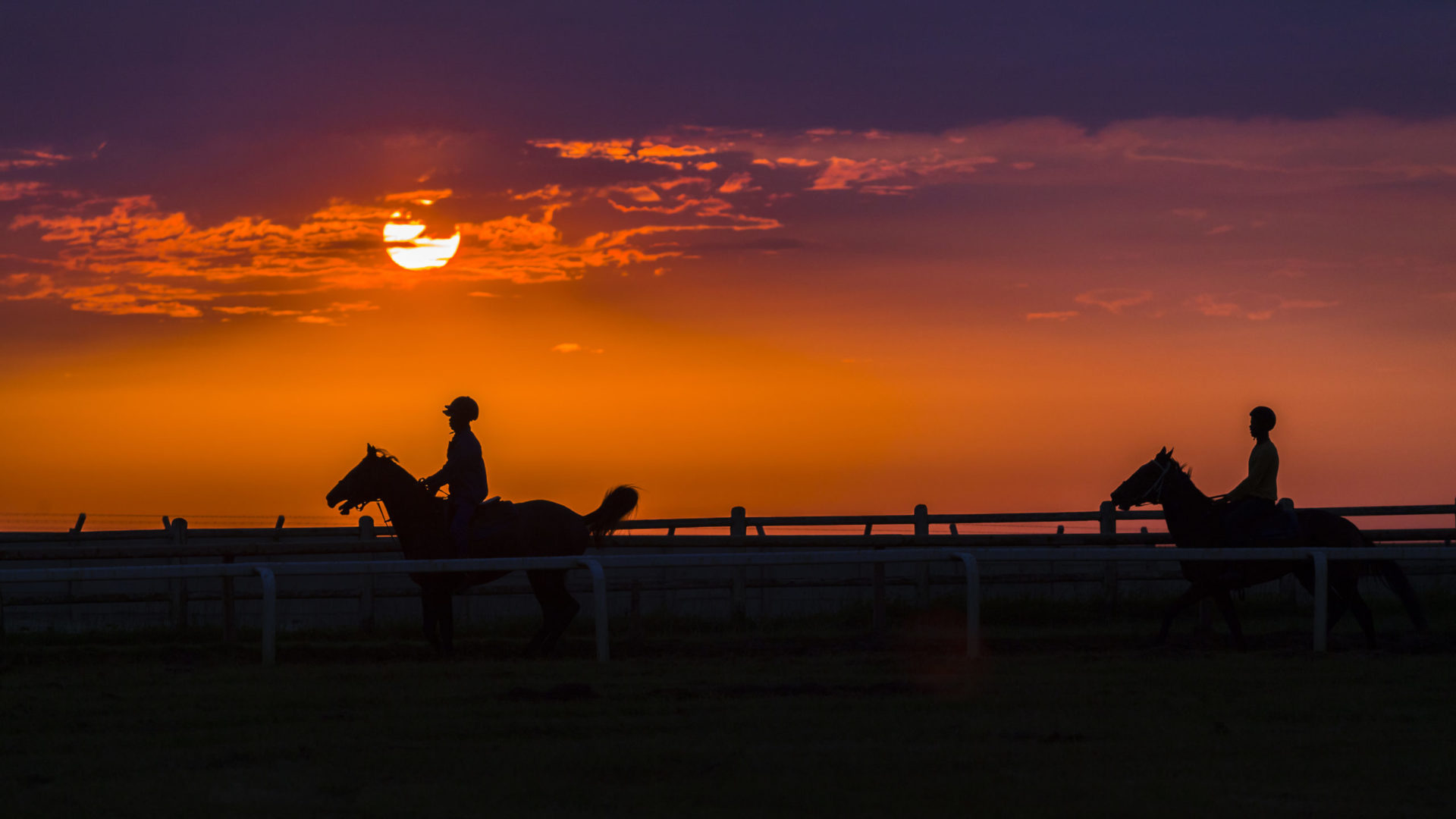So you’re interested in buying, or have already bought, a share in a thoroughbred?
In this article we explain the early education that each young racehorse goes through, before even going into full training with a trainer.
From foal to yearling
Each year in Australia there are around 12,000 new thoroughbreds registered, of which almost 4,000 were yearlings that were sold at one of the yearling auctions conducted around the country. The rest are horses bred to race by their breeders, retained by broodmare farms and studs for various reasons, sold directly by those farms, or imported from overseas.
Regardless where these new thoroughbreds are sourced from, the foundations of health and racetrack success are laid from birth. How they are reared and what has happened to them as a foal, is critical. Corrective farrier work, diet, paddock conditions, interaction with other horses, parasite eradication and foundation education with their handlers are just some of the important aspects of a thoroughbred’s early life.
The yearlings that are offered at one of the auctions are prepared for the auction for approximately 8 weeks. This sales preparation concentrates on health, physical condition, leading by hand, balance, stride at walk and behaviour.
The most common objective for yearling vendors is muscle definition, gained through hand walking, lunging and various other exercise programs.
The yearlings that do not go through the auction ring are likely to not have had the same program. Many may have enjoyed their first 18 months predominantly in paddocks with their mates, with minimal handling by humans. Regardless, all yearlings – even those that look strong, fit and “ready to go” – need to learn a great deal before they are ready to train and eventually race. Much like a child entering school.
So let’s now discuss the “breaking-in” of a racehorse, which commences this process of learning.
Breaking-in a young horse
Unfortunately, the term “breaking-in” is commonly used. But in reality the education process young horses undertake is so much more than what that term implies: teaching a horse how to do things that humans want them to do. Just as important is the need to develop bone density in immature horses to help them handle the workloads placed on their legs in particular. A thoroughbred’s early life is important to this but so is this “education process”.
Breaking-in prepares the horse for the trainer, teaching him to trot and gallop, remain balanced and calm, and accepting of a bit, a saddle and then a rider. Learning these basics is a pre-requisite before a horse is ready to go to the track to work with a trainer and jockey. Only then will the horse build fitness, form and behaviour to prove that it is ready to accept higher workloads at greater speeds, and offer an acceptable level of safety for its future riders.
Breaking-in is usually performed by a specialist and involves five key phases.
Step 1 – Lunging
Assuming the young horse has been adequately handled as a yearling and accepts a bridle and bit without too many negative reactions, the first activity is to ‘lunge’ the horse in a sand-filled ring or “sand roll”.
This ring is large enough to let the horse stride out in either a trot or a canter, but small enough that they quickly learn to carefully track the perimeter to avoid crashing into the side!
The horse also cannot see out over the walls, which helps maintain their concentration and avoids distraction.
At this stage it is very important that the horse is comfortable with a bit in its mouth, as this is the crucial equipment for directing the horse throughout all of these steps we are about to discuss. Without a level of control of the horse via the bit and reins, it is a bit like “driving a car without a steering wheel”.
The educator stands in the middle of the ring and guides the horse first in one direction around the ring and then the other, in a trot and then a canter. It will be worked like this daily, or even twice daily until the horse can do this well with a smooth gait and carrying itself, and its head, well.
Step 2 – Lunging with the Roller
Once the horse is confident lunging, the educator will place a “roller” around the horse’s girth to get it used to being constricted, in preparation for the girth and saddle. Some horses find this uncomfortable and react, so it takes time and repetition to move beyond this stage, whilst others will accept it straight away.
The educator will also tie the horse’s head back to work on breathing, head control and movement with the bit in its mouth. Over time as the horse relaxes, it will ideally learn to “drop the bit” whilst still responding to the pulling of the reins and the pressure on the bit in order to change direction or speed. The horse could spend an hour on this each day, working around the ring both ways, trotting and cantering as in Step 1.
Step 3 – Driving
The third phase, ‘driving’, sees the educator attach long reins to the bit which pass through rings on the girth “roller”, allowing the horse to be directed through the use of a pull on the reins. The horse will again canter and trot in both directions, responding to the the reins to turn or change speed, as practice for what they will do in track work and then in a race.
Step 4 – Riding
The final step in the early education process is to ride the horse. The saddle goes on, with the girth not too tight, to let the horse get comfortable with the weight of it. Then the educator will tighten the girth and surcingle, put a foot in the stirrup and let the horse feel the weight before mounting and taking a seat in the saddle. This is done with the horse facing a wall in the ring so it can’t take off!
There are many approaches to this process and each horse is different. We have taken an overly simplistic view. The skills of the educator play a significant role in this process so as to build rapport with each horse and help him gain confidence.
Riding a horse will firstly occur in the sand roll/ring for a few days and then out into a larger yard. The key at this early stage is balance, calmness, and positive reaction to the bit and direction requests from the rider. Each horse will make this progression at different stages.
Generally, the horse will be ridden for half an hour each day to start and build up as fitness develops.
Within a week or two of riding in the yard, the horse is in pretty good shape. However, given its youth the horse may well go back to the paddock for a rest and to grow further. Sometimes the horse shows it can handle the next stage.
If the horse shows it can handle the extra workload and the extra stimulation, riding in a bigger yard or a dedicated pre-training track is the next step. Each training facility is different but most will have a “beginners track” or sorts, one that is small and usually enclosed. Again, restricting the vision of other horses and distractions such as grand stands, can be a big help at this young age.
Step 5 – Stabled and Riding On Track
The educator and the trainer will work hand-in-hand at step 4, to decide when the horse is capable of handling the additional workload of being in the stable and working on the track with other horses.
If ready, it’s a whole new ball game for the horse. A new light-weight saddle. New light-weight riders with different riding styles and shorter irons. New boxes. New feed. New handlers. New noises. New tracks…and new horses around them!
The impact of these changes should not be underestimated. Many horses take extra time to get used to this, some take it in their stride. In all cases, the trainer and stable staff monitor each young horse several times a day to see how it is coping and manage the change carefully.
Graduating to the bigger training tracks is a big step for young horses. Within a few weeks, they can be exercising at even-time (15s per 200m) with a galloping partner. Riders are cautious at this stage, until they get to know these young horses, understand their traits and understand what they may or may not react to. The quality of track-rider is important here, not only to educate the horse, but to provide useful feedback to the trainer.
Summary
Don’t be concerned if your young horse spends just a few days in training with your trainer at the end of this education process, or indeed doesn’t even make this stage the first time around. Some horses need to go through the first few steps two or three times before they can handle the rigours of daily training in a busy stable.
Whilst the overall process is relatively standard, each horse is different and so the routine will be adjusted to accommodate changes in type, behaviour and education level. This is where the skill and experience of the educator are so important. We are not making machines and their knowledge and expertise can make a difference to the horse’s career and the safety of future riders.
We hope this information provides some insight, even at a simplistic level, into the education of a young racehorse.

